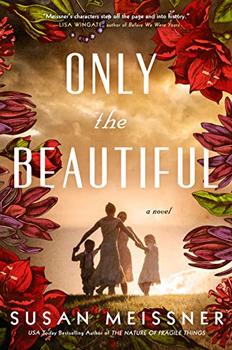 As Tahir Hamut Izgil recounts in his memoir, Waiting to be Arrested at Night: A Uyghur Poet's Memoir of China's Genocide, treatment of Uyghurs in China has changed dramatically in the last decade. In earlier years, ethnic-minority Uyghurs were no strangers to persecution by Han Chinese, as Izgil himself experienced with an arbitrary arrest and three-year prison sentence in the mid-1990s. Since 2015, however, mass arrests have sent an estimated one million Uyghurs to internment camps. Officially known as "vocational education centers," these camps hold people without due process or even formal charges. Human rights organizations and media outlets have reported torture and forced labor being inflicted upon detainees. How did the situation deteriorate so badly? The spark was a protest in Urumqi, the capital of the Xinjiang region that is Uyghurs' traditional homeland.
As Tahir Hamut Izgil recounts in his memoir, Waiting to be Arrested at Night: A Uyghur Poet's Memoir of China's Genocide, treatment of Uyghurs in China has changed dramatically in the last decade. In earlier years, ethnic-minority Uyghurs were no strangers to persecution by Han Chinese, as Izgil himself experienced with an arbitrary arrest and three-year prison sentence in the mid-1990s. Since 2015, however, mass arrests have sent an estimated one million Uyghurs to internment camps. Officially known as "vocational education centers," these camps hold people without due process or even formal charges. Human rights organizations and media outlets have reported torture and forced labor being inflicted upon detainees. How did the situation deteriorate so badly? The spark was a protest in Urumqi, the capital of the Xinjiang region that is Uyghurs' traditional homeland.
In late June 2009, a rumor spread in Shaoguan, in southeast China, that two Han women had been raped by Uyghur migrant ...

 Book Reviewed by:
Book Reviewed by:








